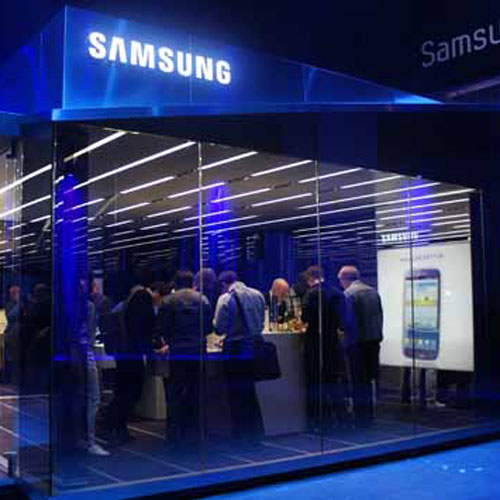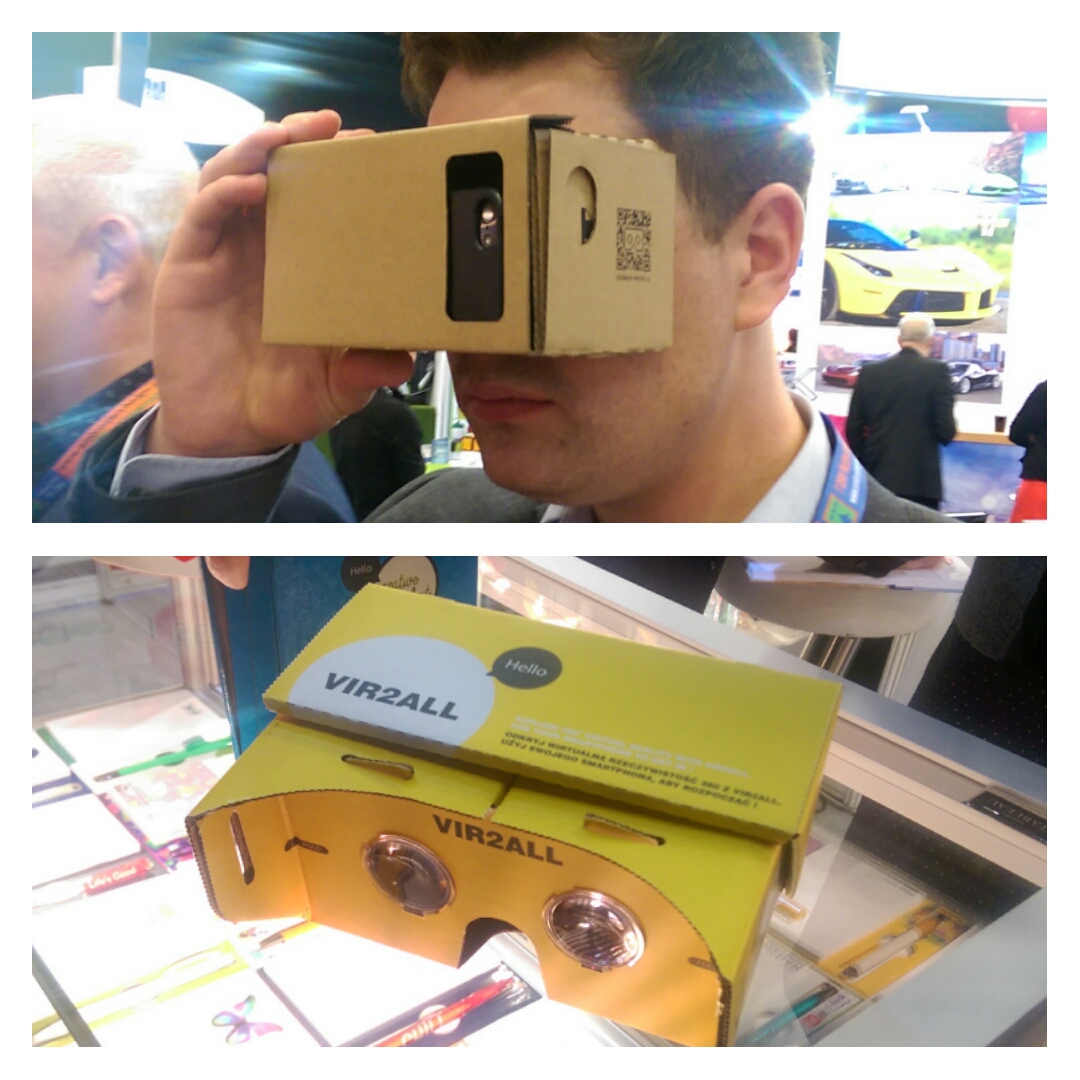Healthy Promo

A new year means a new start, and for a lot of people that means it’s time to get fit and healthy, and as you will already know, there are plenty of consumer gadgets out there that assist in doing this. Generally speaking if something is up and coming and popular in the consumer world, more often than not, it becomes popular in the promotional product industry too. In fact, there are already a few health and well-being promotional products out there, such as branded pedometers, activity trackers etc. But with new and improved tech entering the consumer market, we will soon be seeing these in the promotional world too. Products such as Bluetooth coasters which tell you to drink more water, water bottles which can tell you what temperature you’re water is, heart rate monitors that connect to your phone, alarm clocks to wake you up gently to keep you feeling refreshed in the morning, all these products, if not already, could find their way into the promotional market. Now imagine all these products synchronised together, creating a selection of promotional gifts that all talk to each other not only assisting in helping you get healthy, but also adjusting your whole lifestyle for the better.
Experiential Promo
 Experiential marketing is a type of promotion that is aimed to directly engage with the consumer, a strategy that invites the user to interact with the brand first hand, rather than passively receive their marketing messages. Now when I say Experiential Promo in this sense, I don’t mean that promotional merchandise could singlehandedly replace this type of marketing, what I mean is, there is definitely room to increase the usage of promotional merchandise during the use of experiential marketing. Now, this isn’t exactly a new concept, a great example of this previously in action was during the 2012 London Olympics. Throughout the summer of 2012 Samsung set up a brand experience in several locations around London where they allowed the general public to see and use the new Samsung devices at the time. They even had a Samsung Olympic app that the public could play! Visitors could also have their photos taken with the latest Samsung products; these pictures would then be printed on site and given to the visitors as a personalised badge. Now by giving the user this badge, they were not only giving them a reminder of the day and brand experience, but the actual badge shows the photo quality of the Samsung item, therefore subconsciously creating a reminder of the brand alongside one of the features and benefits of the product. I personally think more and more companies will be looking to increase their brand experiences, not only do they evidently work, but they also create a PR buzz that just isn’t possible to recreate through regular marketing channels. My final trend should hopefully shed some light on how brands can do this a little more in 2016.
Experiential marketing is a type of promotion that is aimed to directly engage with the consumer, a strategy that invites the user to interact with the brand first hand, rather than passively receive their marketing messages. Now when I say Experiential Promo in this sense, I don’t mean that promotional merchandise could singlehandedly replace this type of marketing, what I mean is, there is definitely room to increase the usage of promotional merchandise during the use of experiential marketing. Now, this isn’t exactly a new concept, a great example of this previously in action was during the 2012 London Olympics. Throughout the summer of 2012 Samsung set up a brand experience in several locations around London where they allowed the general public to see and use the new Samsung devices at the time. They even had a Samsung Olympic app that the public could play! Visitors could also have their photos taken with the latest Samsung products; these pictures would then be printed on site and given to the visitors as a personalised badge. Now by giving the user this badge, they were not only giving them a reminder of the day and brand experience, but the actual badge shows the photo quality of the Samsung item, therefore subconsciously creating a reminder of the brand alongside one of the features and benefits of the product. I personally think more and more companies will be looking to increase their brand experiences, not only do they evidently work, but they also create a PR buzz that just isn’t possible to recreate through regular marketing channels. My final trend should hopefully shed some light on how brands can do this a little more in 2016.
VR Promo
 When I first started writing this blog, this was originally going to be a part of the experiential promo section, but after getting the feedback of how popular this concept was at recent promotional trade shows, I thought it deserved it’s very own dedicated shout-out on just how popular it will be this year. The reason I was going to put it in the previous section was it is a great concept to use this specific type of promotional product if a company was to create a brand experience around a virtual reality campaign. We have seen great examples of promotional products being used alongside virtual reality in recent years with the use of apps like Blippar in the marketing world, companies would have the ‘Blip’ printed on a product like a stress ball or T-shirt, which can be brought to life when focusing the smart phone camera on the ‘Blip’ through the Blippar app. Now there is an emerging trend in the world of technology that is quite literally taking things to a new dimension with 360° virtual experiences. Companies like Oculus Rift, Microsoft, Sony and HTC are all looking to develop this technology further. Virtual Reality headsets are devices that you wear over your eyes like a pair of goggles, they generally block out all external light and replace it with an immersed digital visual in first person view. The BBC’s technology correspondent described 2016 as the year VR goes from virtual to reality, and I agree with the author that Google’s introduction of Google cardboard VR headsets have made virtual reality available to the masses. The concept of creating practically the same 360° VR experience with using very basic components and your smart phone is a genius idea. Also the fact that the majority of the product is made out of cardboard not only keeps costs down but provides a fantastically spacious branding area. A great example would be if a real estate agency decided to have their own branded version of cardboard VR headset, they could give it to potential customers, fully branded with the company’s details, and send them 360 views of potential properties, thus providing the wow factor and a reminder of the real estate’s information.
When I first started writing this blog, this was originally going to be a part of the experiential promo section, but after getting the feedback of how popular this concept was at recent promotional trade shows, I thought it deserved it’s very own dedicated shout-out on just how popular it will be this year. The reason I was going to put it in the previous section was it is a great concept to use this specific type of promotional product if a company was to create a brand experience around a virtual reality campaign. We have seen great examples of promotional products being used alongside virtual reality in recent years with the use of apps like Blippar in the marketing world, companies would have the ‘Blip’ printed on a product like a stress ball or T-shirt, which can be brought to life when focusing the smart phone camera on the ‘Blip’ through the Blippar app. Now there is an emerging trend in the world of technology that is quite literally taking things to a new dimension with 360° virtual experiences. Companies like Oculus Rift, Microsoft, Sony and HTC are all looking to develop this technology further. Virtual Reality headsets are devices that you wear over your eyes like a pair of goggles, they generally block out all external light and replace it with an immersed digital visual in first person view. The BBC’s technology correspondent described 2016 as the year VR goes from virtual to reality, and I agree with the author that Google’s introduction of Google cardboard VR headsets have made virtual reality available to the masses. The concept of creating practically the same 360° VR experience with using very basic components and your smart phone is a genius idea. Also the fact that the majority of the product is made out of cardboard not only keeps costs down but provides a fantastically spacious branding area. A great example would be if a real estate agency decided to have their own branded version of cardboard VR headset, they could give it to potential customers, fully branded with the company’s details, and send them 360 views of potential properties, thus providing the wow factor and a reminder of the real estate’s information.
In my opinion, I think all three of these trends are incredibly exciting prospects to look out for, and I can’t wait to see how they all shape and transform the market in 2016. The VR Promo trend in particular is one that I will be keeping an eye on, and expect to have more to say about it later on in the year, so expect updates in my blogs to come!